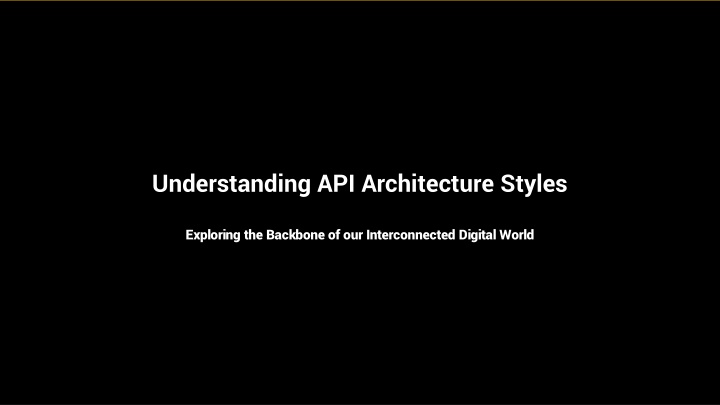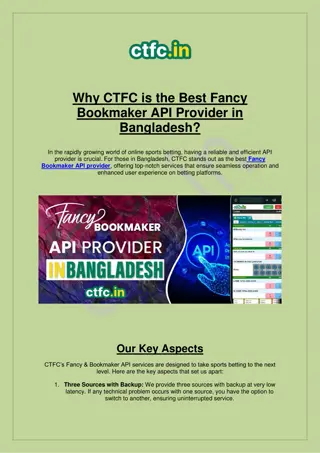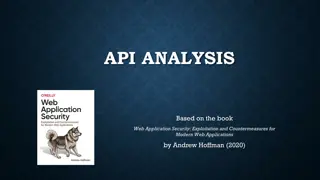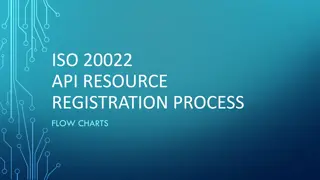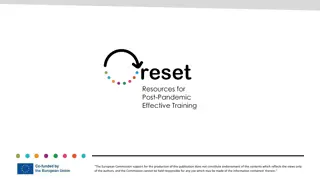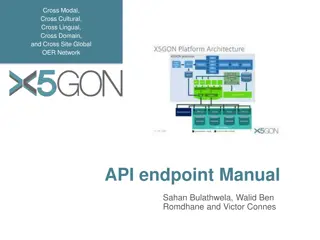API Architecture Styles - Backbone of Digital World
APIs play a crucial role in software component communication, serving as bridges for data exchange, function calls, and integration. Explore various architectural styles like SOAP, RESTful APIs, GraphQL, gRPC, WebSocket, and Webhook, each with its own strengths and limitations. Dive into the world of API architecture to understand how these styles shape the interconnected digital landscape.
Download Presentation

Please find below an Image/Link to download the presentation.
The content on the website is provided AS IS for your information and personal use only. It may not be sold, licensed, or shared on other websites without obtaining consent from the author.If you encounter any issues during the download, it is possible that the publisher has removed the file from their server.
You are allowed to download the files provided on this website for personal or commercial use, subject to the condition that they are used lawfully. All files are the property of their respective owners.
The content on the website is provided AS IS for your information and personal use only. It may not be sold, licensed, or shared on other websites without obtaining consent from the author.
E N D
Presentation Transcript
Understanding API Architecture Styles Exploring the Backbone of our Interconnected Digital World
Introduction Billions of API calls made daily Importance of understanding API architecture styles APIs as bridges for software component communication Responsibilities of APIs: data exchange, function calls, integration Architectural styles with design philosophies and use cases Photo by Pexels Photo by Pexels
SOAP Veteran, mature, XML-based Used in financial services, payment gateways High emphasis on security and reliability Complexity and verbosity might be a drawback Not ideal for lightweight mobile apps or prototypes Photo by Pexels Photo by Pexels
RESTful APIs Popular, easy to implement, use HTTP methods methods Powering daily web services like Twitter, YouTube Not suitable for real-time data and highly connected models Effective for most web-based interactions Key considerations for RESTful APIs Photo by Pexels Photo by Pexels
GraphQL Efficient query language and architectural style style Precise data retrieval, no over/under-fetching Flexible and efficient network communication Facebook's development and adoption Suitable for complex data requirements
gRPC Modern, high-performance, uses Protocol Buffers Favored in microservices architectures Examples of companies like Netflix using gRPC Challenges with limited browser support Suitability for inter-service communication
WebSocket Real-time, bidirectional, persistent connections Ideal for live chat, real-time gaming Low-latency data exchange importance Unnecessary overhead for non-real-time data Use cases for WebSocket
Webhook Event-driven, HTTP callbacks, asynchronous operation Examples like GitHub's usage for commit notifications Limitations for synchronous communication and immediate response Suitability for asynchronous operations Webhook in action
Choosing the Right Style No one-size-fits-all approach Tailor architecture style to project requirements Summary of the presented styles Importance of understanding strengths and limitations Encouragement for conscious decision-making Photo by Pexels Photo by Pexels
